的点评
Such a cheerful Sri Lankan Catholicism
圣安东尼教堂的点评
点评:St. Anthony's Church is the most important Catholic church in Sri Lanka. Catholicism in Ceylon was spread by the Portuguese, but after the Dutch captured the island, Catholics on the island began to be oppressed. Remembering the horrors that the Spanish Catholics, led by the Duke of Alba, committed in the Netherlands in the 16th century, this can be understood, if not justified. The history of the church goes back to the chapel of Father Antonio, which he opened semi-underground. After the capture of Ceylon by the British, the pressure weakened and in 1834 this church was opened in the neoclassical style. The current appearance is the result of the 1938 reconstruction. However, for Catholics, the status of the church is determined by the value of the relics within the church. In this case, it's a tiny piece of St. Anthony of Padua's tongue, kept in a special reliquary. Anthony of Padua himself, without this part, is where he belongs by name - in the basilica of his name in Padua, where I witnessed him twice. Considering that most of these relics and relics are in the cathedrals of Europe, this is a significant factor in attracting Catholics here. The interior of the church bears little resemblance to the cold solemnity of French or Spanish Catholic cathedrals. The main altar is a bright, multicolored panel. Such a cheerful Catholicism, which does not remind at all of the difficult history of the church, and even more so of the tragedy of 2019.
翻译:圣安东尼教堂是斯里兰卡最重要的天主教堂。天主教在锡兰(今斯里兰卡)的传播始于葡萄牙人,但荷兰人占领该岛后,岛上的天主教徒开始遭受压迫。考虑到16世纪西班牙天主教徒在阿尔瓦公爵的领导下在荷兰犯下的暴行,这种压迫即便不能完全合理,也情有可原。教堂的历史可以追溯到安东尼奥神父在半地下建造的小教堂。英国占领锡兰后,压迫有所缓解,这座教堂于1834年以新古典主义风格建成。如今的样貌是1938年重建的结果。然而,对天主教徒而言,教堂的地位取决于其所藏圣物的价值。就此而言,教堂珍藏着一小块圣安东尼·帕多瓦的舌头,被保存在一个特殊的圣物匣中。圣安东尼·帕多瓦本人,撇开这部分不谈,他名正言顺地安葬在帕多瓦以他名字命名的圣殿里,我曾两次在那里亲眼目睹他的圣容。考虑到这些圣物大多保存在欧洲的大教堂中,这无疑是吸引天主教徒前来此地的重要原因。教堂内部与法国或西班牙天主教大教堂冷峻庄严的氛围截然不同。主祭坛是一幅色彩鲜艳的画板。如此欢快的天主教氛围,丝毫没有让人想起教会的艰难历史,更不会让人想起2019年的悲剧。

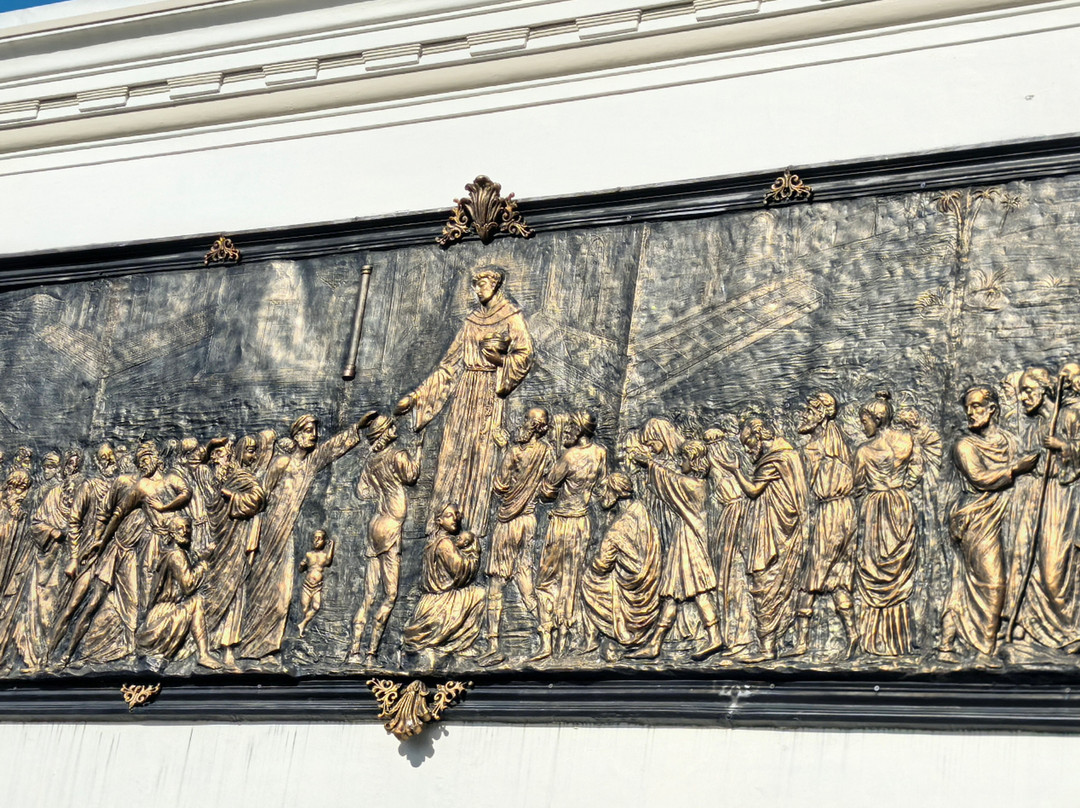
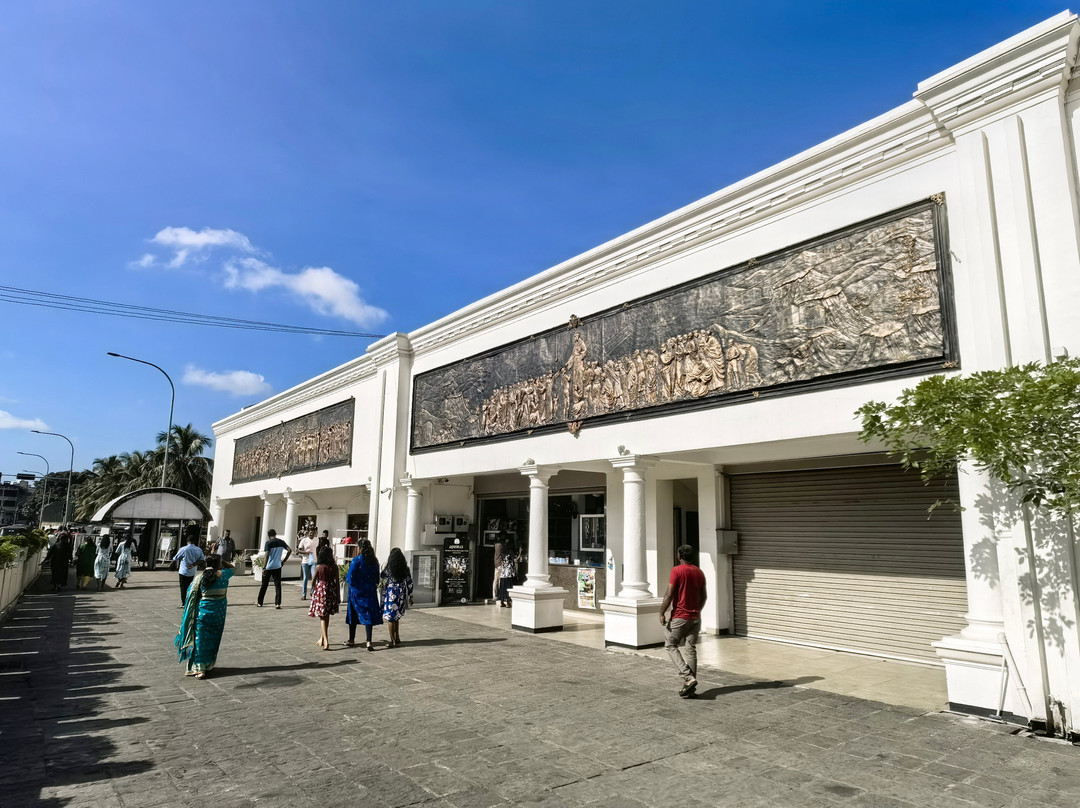
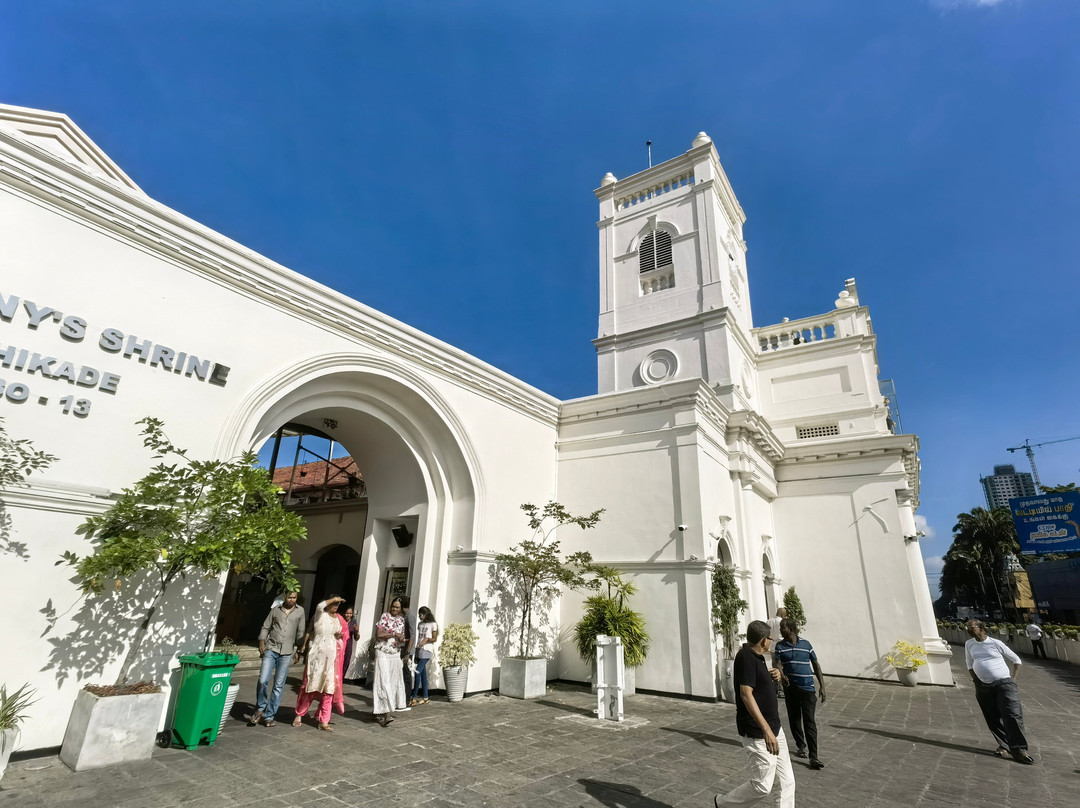
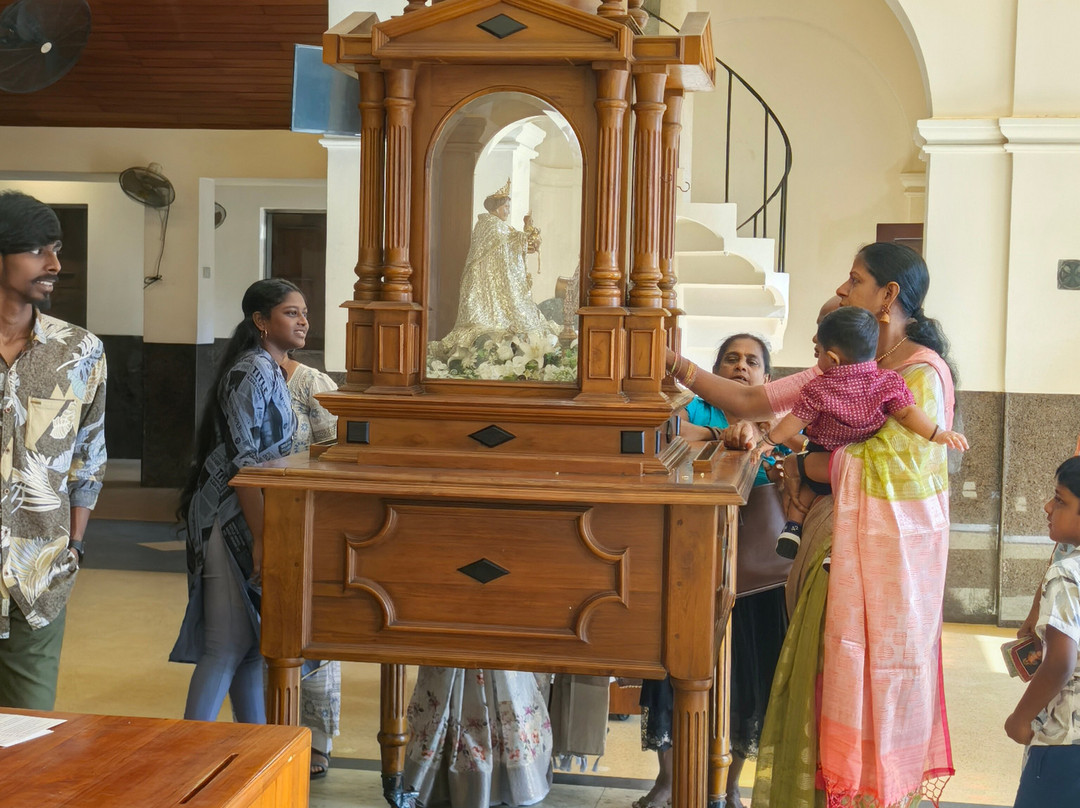
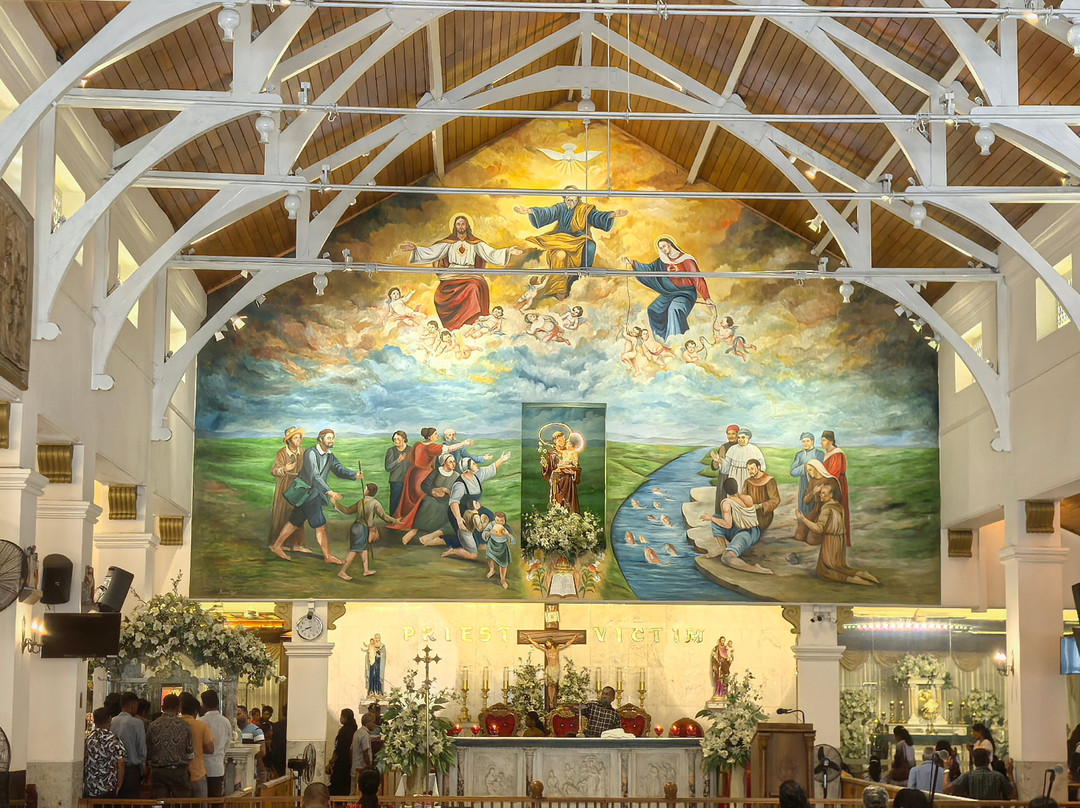
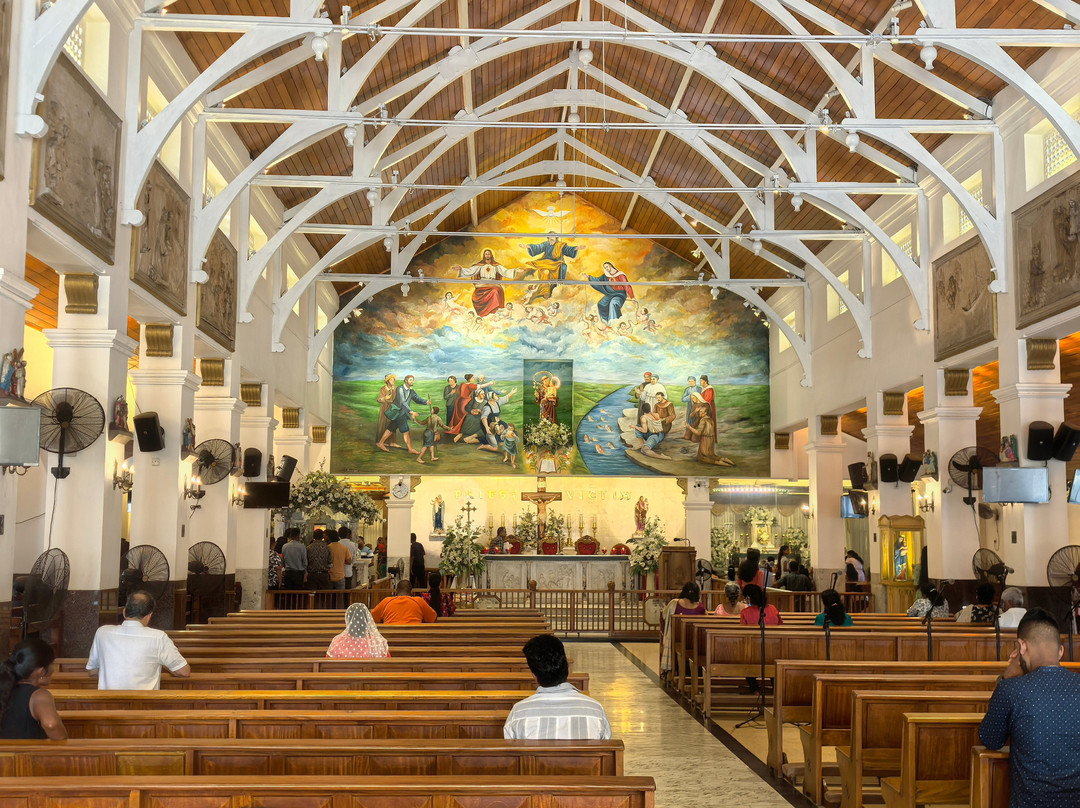
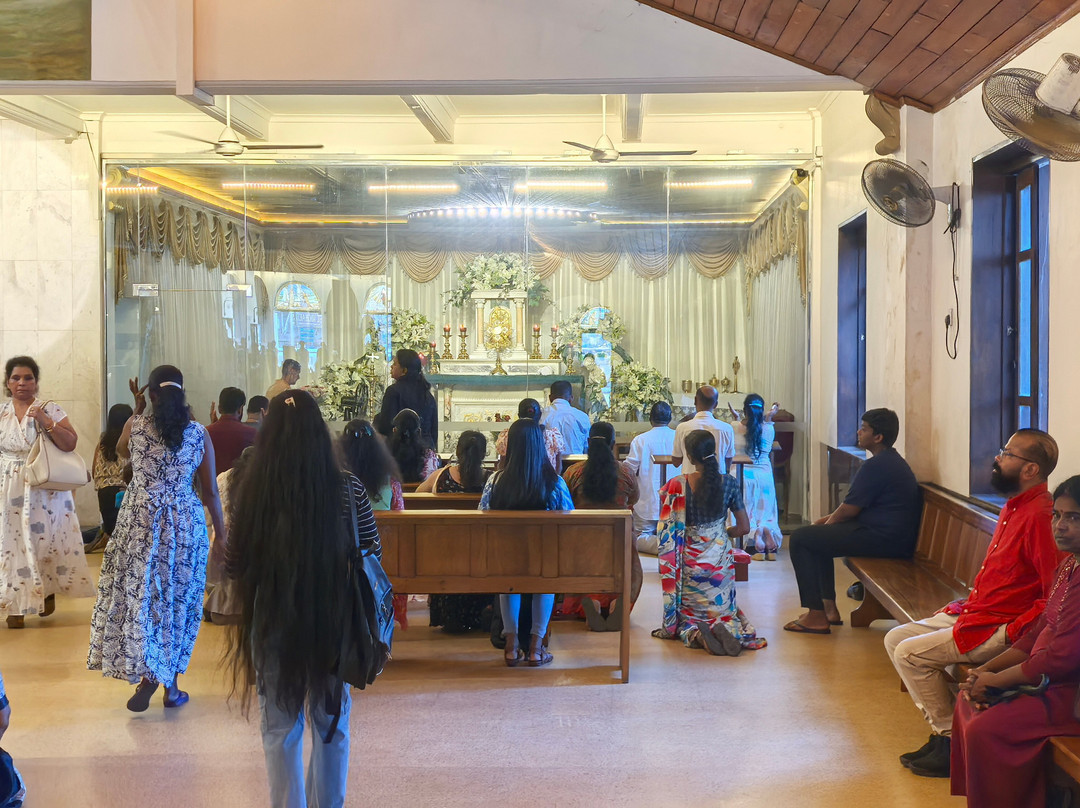

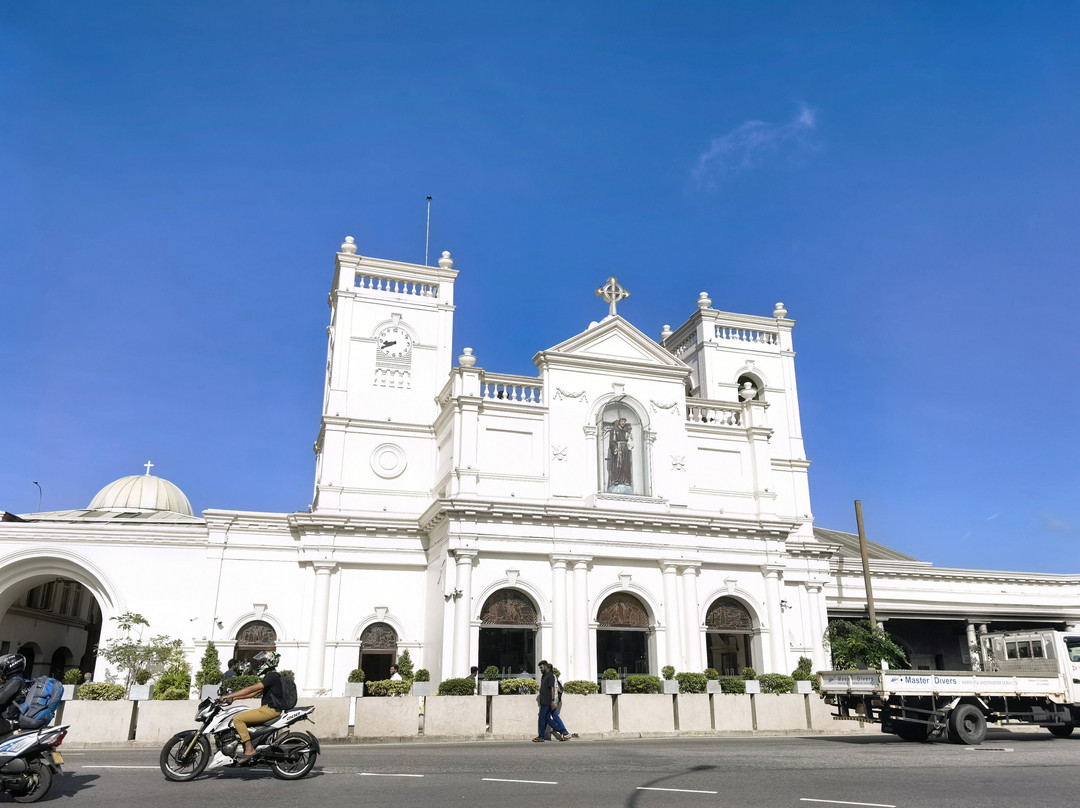
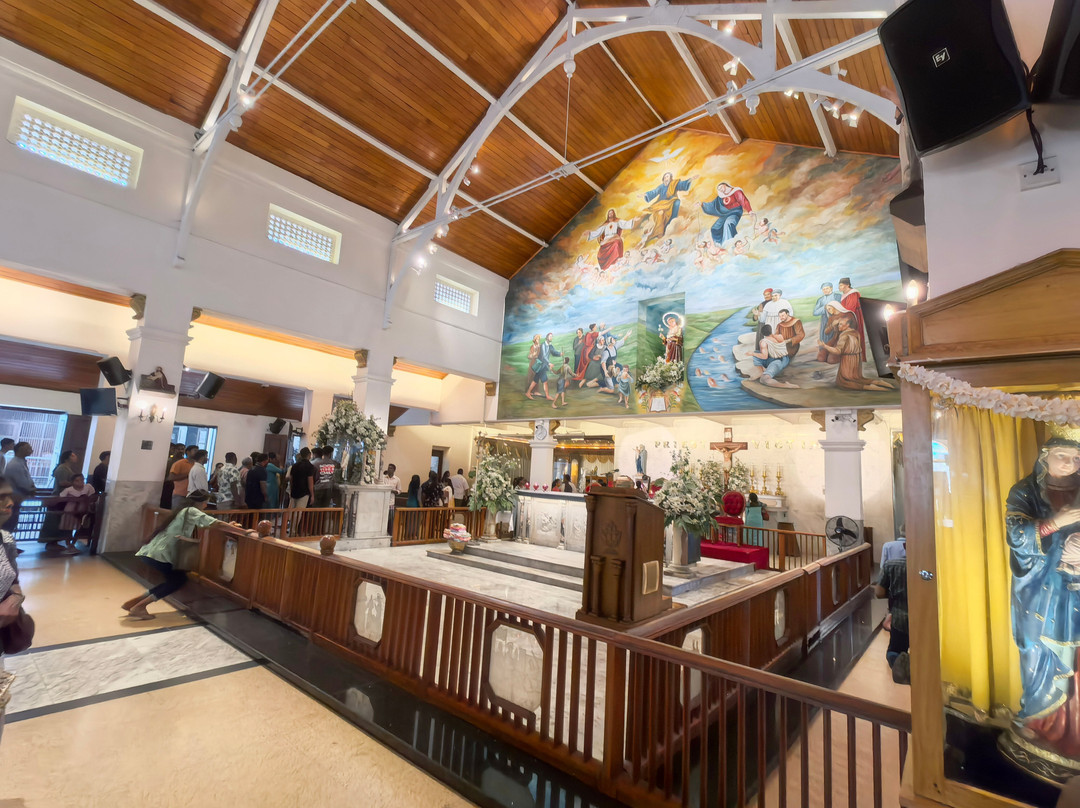
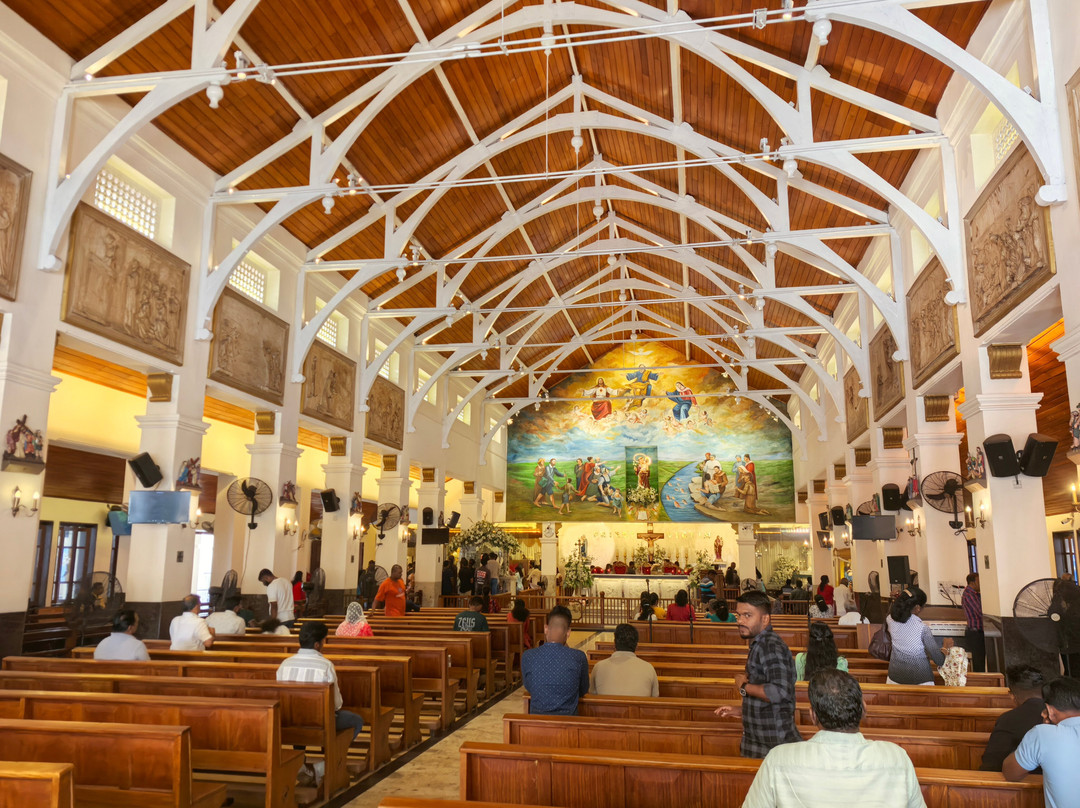
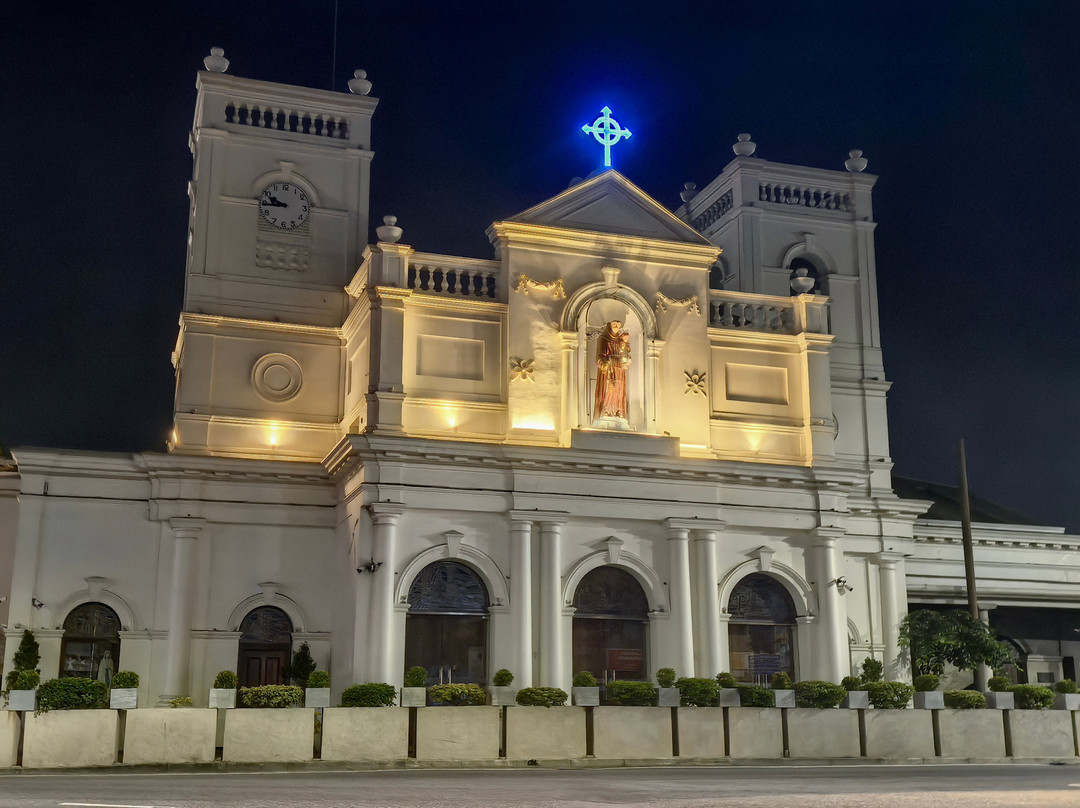
此点评仅代表旅行者个人的主观意见,并不代表TripAdvisor以及其合作方的意见。
关于我们
|
新闻动态
|
商务合作
|
会员中心
|
业主中心
|
业主通
|
常见问题
|
意见反馈
|
联系我们
|
营业执照
© 2025 Tripadvisor 版权所有。
使用条款 |隐私政策 |网站工作原理
部分照片由 VFM Leonardo 提供。
* Tripadvisor不是旅行社,也不是旅游预订服务代理商。我们提供免费、客观、公正的旅游资讯服务。 (显示更多)
TripAdvisor LLC 既不是预订代理商,也不是旅游运营商,不会向网站用户收取任何服务费。 按照规定,在 Tripadvisor 发布机票价格、游览和旅行套餐的合作伙伴(航空公司、旅行提供商及预订代理商),其标价须包含所有费用和附加费用。 例如, 机场出入境税费、消费税与其他服务费、手续费、杂费及附加费用。 当您向我们的某个合作伙伴进行预订时,请务必查阅他们的网站以了解当地行政部门要求的所有适用费用的具体情况。 除非另有说明,机票价格通常指的是一个人的价格(以人民币计)。
为方便起见,TripAdvisor LLC 根据从我们的预订合作伙伴获取的空房率计算每个酒店的均价。 对于游览和景点来说,所显示价格通常是每位成人的最低可用价格。 对于列出的任何旅行套餐或优惠,TripAdvisor LLC 无法保证任何特定的费率或价格。 此外,酒店均价每晚会更新,并以您的首选币种表示(使用现行汇率)。 由于这些已换算的价格是预估价格,因此,有关具体金额和币种请与预订网站进行核实。
此外,TripAdvisor LLC 无法保证我们网站上宣传的价格随时有效。 标价可能需要预订一定天数才能生效,或有不可用日期、使用条件或限制。
TripAdvisor公司对外部网站的内容一概不负责。优惠价格中不含税和其他费用。
ICP证:沪B2-20200433
沪ICP备20013175号
 沪公网安备31010502005427号
沪公网安备31010502005427号鹰程信息技术(上海)有限公司
货币/国家及地区
¥CNY
中国

